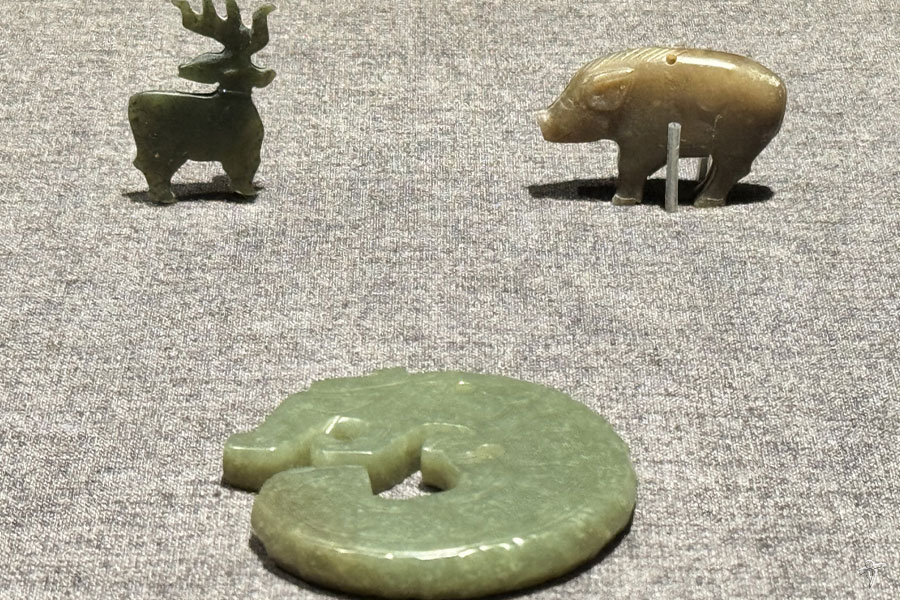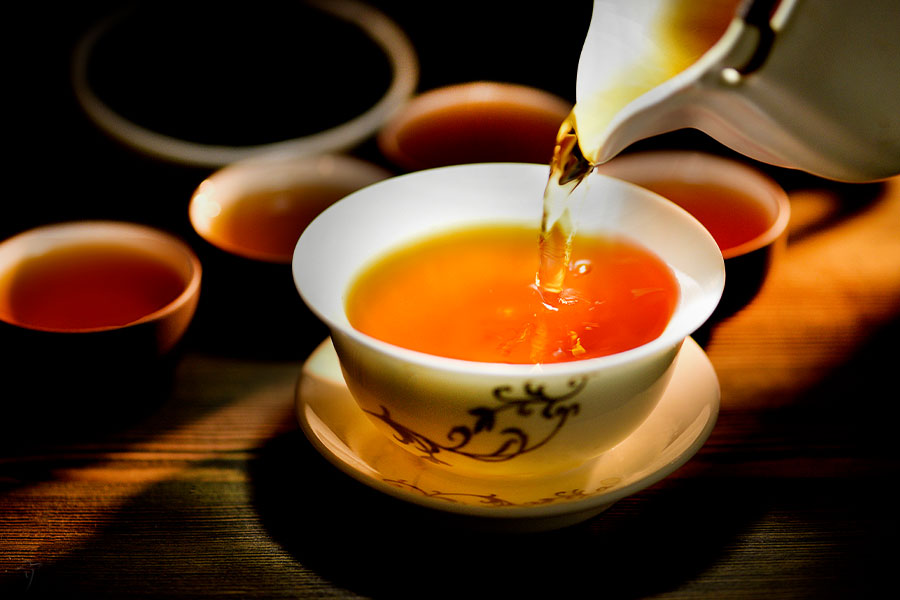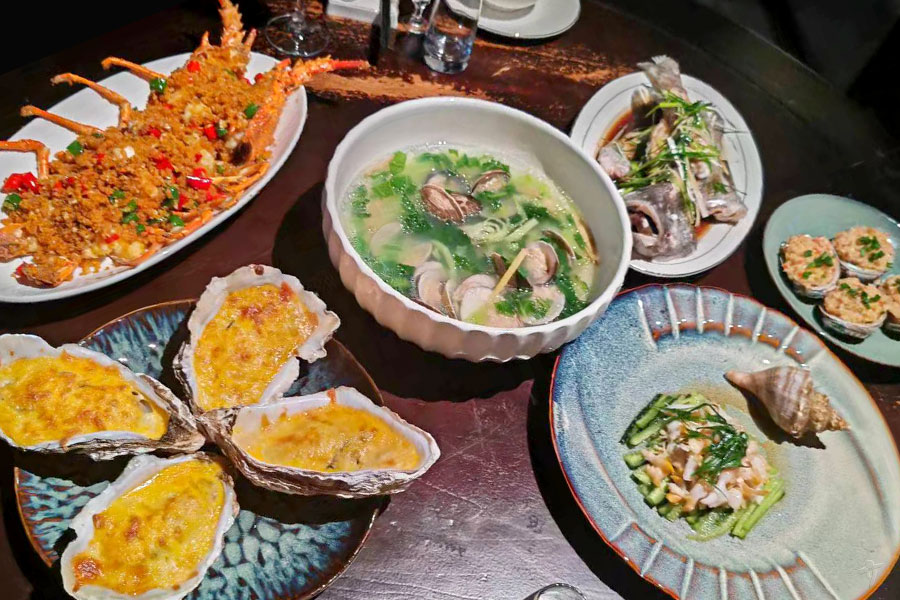Chinese Jade

As jade articles were used 7000 years ago and studies by people about 2500 years ago in China, the country wins a good reputation as a country of jade articles. With its long history, wide distributed in the country, perdurability, elaborate workmanship, and great influence on people’s life, jade enjoyed a rather important statue in Chinese culture that almost every Chinese respect and love jade and endow it with animistic concept and power.
In ancient China, jade was the most precocious stone, known as a sacred material containing the quintessence of virtue. Originally confined to ritual purposes, jade gradually came to be adapted for purely ornamental objects later such as jewelry and dress accessories. In imperial times, jade was regarded as the symbol of wealth and rank. Chinese emperors usually carried a jade scepter as a proof of their mandate from the Heaven; there always a jade seal for valid imperial documents and jade amulets were worn by nobles and officials as an indication of their rank and power. As a matter of fact, Chinese people also believe that jade will transmit its super qualities to its wearer that many people wear a piece of jade to ward off evil forces and against the misfortunes.
Chinese jade are in a large number of varieties, including nephrite (involves the top grade white jade, precious green jade, black jade and jasper), jadeite, turquoise, lapis lazuli, agate and malachite. Jade-carving is one of the highest achievements of Chinese craftsmanship and Chinese jade are usually made into jade jewelry and carved to be jade articles and objects. Jade appears almost in every area of the country of which the Four Great National Jade are white jade in Xinjiang, green jade in Liaoning, jade in Henan, and turquoise in Hubei.
Related Readings
Top Topics

Chinese Kung Fu
Far and wide known as Kungfu (功夫) all over the world, Chinese martial art is also called Wugong (武功) or Wushu (武术) at home by Chinese people. It ca...

Chinese Tea
Being a vivid Chinese cultural specialty as well as Kungfu and traditional Chinese medicine, Chinese tea has been being developed in China for a lo...

Chinese Cuisine
"Food is the first necessity of the people" is a famous Chinese old saying, which reflects that Chinese have had paid much attention to food si...




